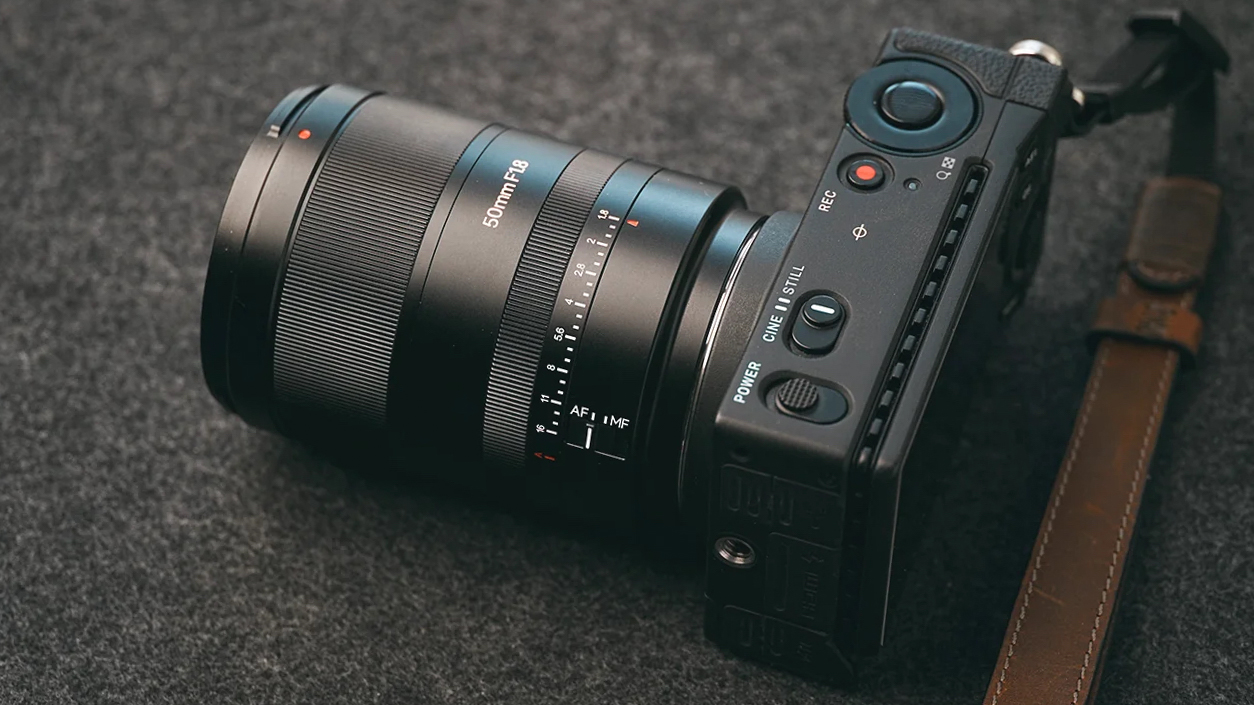Digital Camera World Verdict
The Vivo V21 5G is a midrange phone with one main goal – to be the ultimate selfie lover’s choice, and for the price, you won’t find better. While it isn’t the best smartphone across the board with its mid-powered processor and plastic design, and its main camera doesn’t always nail the shot, it’s a fun and welcome option for selfie fans, has a punchy AMOLED screen and a sleek design.
Pros
- +
Excellent selfie camera
- +
Good looking 90Hz AMOLED screen
- +
In-display fingerprint scanner
Cons
- -
Midrange processor
- -
Primary camera isn't best-in-class
- -
Mediocre mono speaker
Why you can trust Digital Camera World
If the V21 5G is the first smartphone you’ve heard of from Vivo – you’ve missed some cracking devices. The Chinese brand’s been making great strides in mobile photography with its smart gimbal technology and Zeiss partnership in the Vivo X60 Pro 5G, and more recently, the X70 Pro Plus.
With its 6.44-inch display, the V21 5G looks like a very run-of-the-mill midrange phone on first impression, however, this phone has a superpower – it wants to be the best selfie camera in the world.
How does Vivo make its selfie-supremacy vision a reality? The Vivo V21 5G’s front 44MP camera comes loaded with OIS, autofocus and can shoot up to 4K video. It also benefits from not one, but two front LEDs which get very bright and provide impressively even light coverage.
While the phone has a few other highlights – an in-display fingerprint scanner and a zingy AMOLED screen, do its midrange chipset and other tell-tale compromises hold it back from being an all-around great buy?
Design and screen
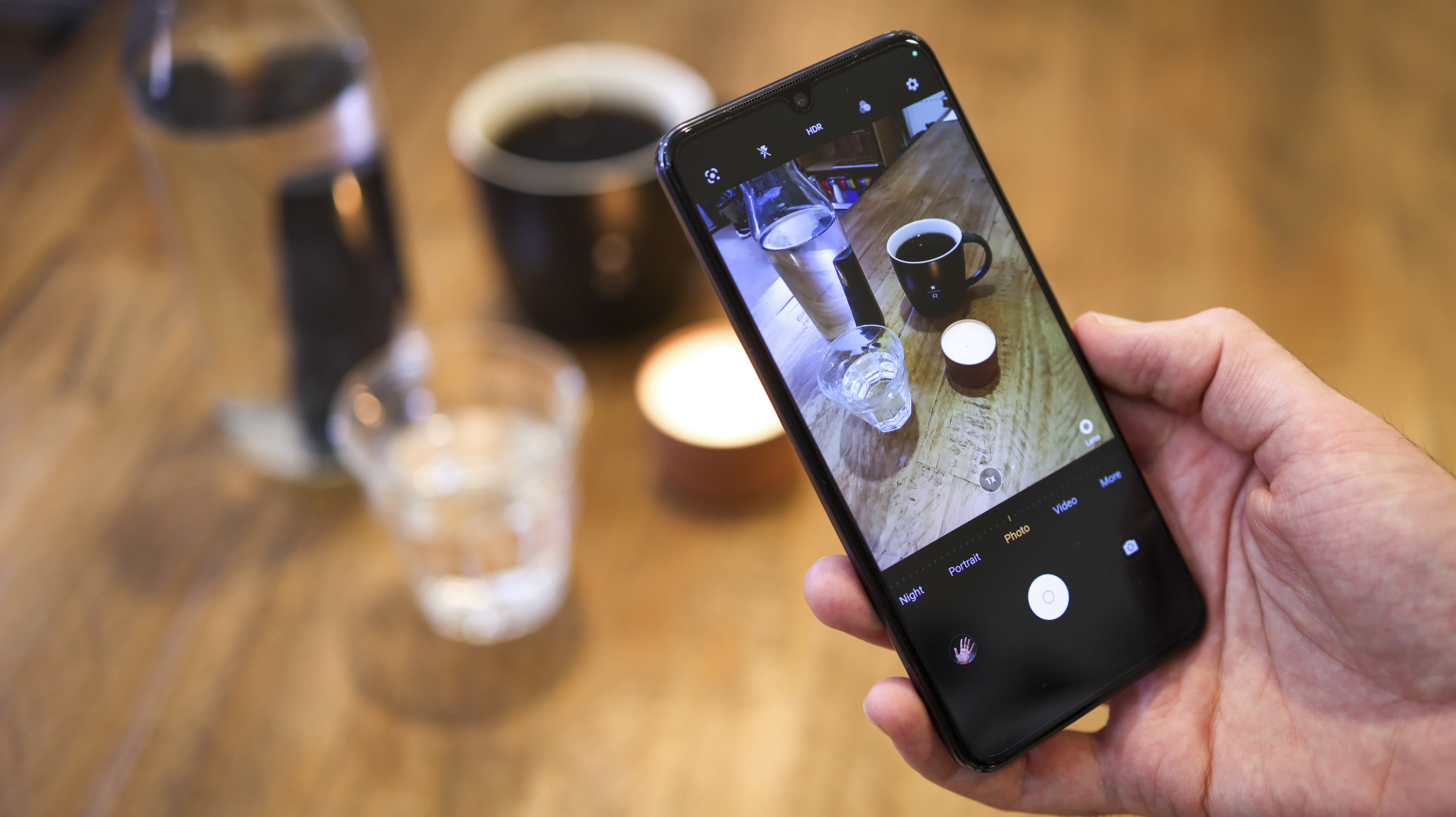
When we first picked up the Vivo V21 5G, our reaction was mixed. On the one hand, it’s a plastic-framed, plastic-backed phone. In its price range, you can get glass and metal phones like the OPPO Reno 4 Pro, which is also very sleek and curvaceous, feeling more premium.
Measuring just 7.3mm thin though, the V21 5G feels like one of the slimmest phones around, and in its Sunset Dazzle colour, it looks standout. It’s also available in Dusk Blue, which is the version we reviewed.
The phone’s flat front and flat back sandwich a polished plastic, beveled frame. All the buttons sit on the right-side – power and volume buttons – while the USB-C port is at the base alongside the sole speaker, which is very easy to cover up, muffling sound – not ideal. On the other side of the USB port is a dual-SIM slot, or single-SIM and microSD card slot.
Combining a 6.44-inch AMOLED screen and a 1080x2400 resolution, the Vivo V21 5G’s display specs are perfectly competitive for a midrange phone on paper. Its size is comfortable and its picture is punchy, with accurate vibrant colors and deep blacks.
The 90Hz refresh rate also helps make the phone feel nippy, and a pixel density of 409 pixels-per-inch means it’s batting in the same league as the iPhone 12 when it comes to clarity – perfectly competitive.
Vivo V21 5G: Cameras
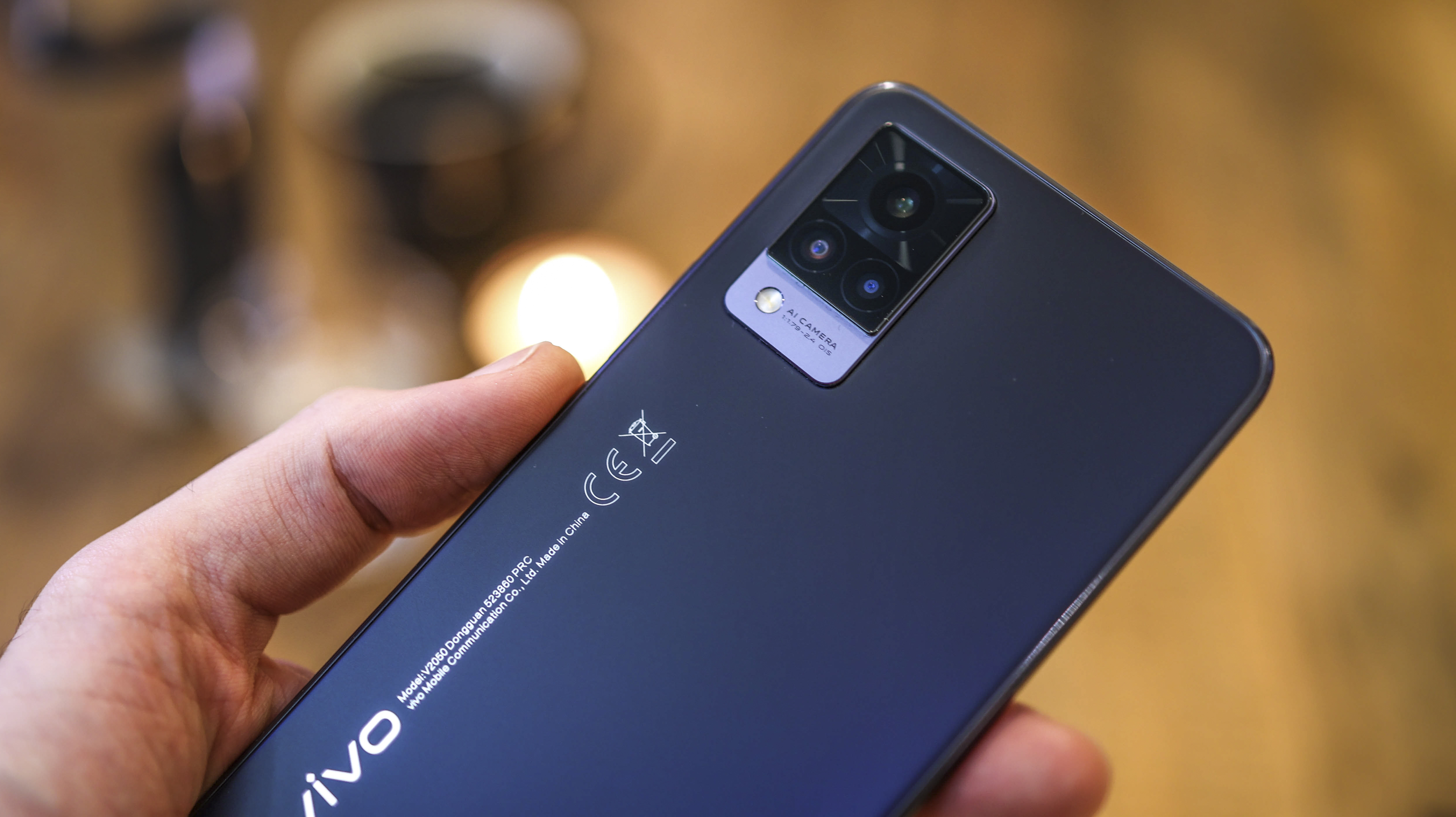
The Vivo V21 5G’s main camera features a 64 MP, 1/1.72" sensor with 0.8µm pixels, matched with an f/1.8, 26mm lens. Also loaded up with PDAF and OIS, these additions should help the 64MP Samsung module, which is notoriously soft when compared to flagship alternatives and some midrange Sony rival sensors.
Vivo opts for an 8MP OmniVision sensor for the ultra-wide camera matched with an f/2.2, 120˚ (16mm ultrawide) lens. There’s also a 2MP macro camera from OmniVision as well, which, like the ultra-wide, features a fixed-focus lens.

The attention-grabber on the Vivo V21, however, isn’t the rear camera mix, it’s the front camera. With a resolution of 44 MP, it’s already more pixel-tastic than virtually all the competition, save for pricier phones like the Asus Zenfone 8 Flip, whose main camera is also its rear camera. Matched with an f/2.0 aperture, AF, OIS, and video capture at up to 4K resolution (30fps), the selfie camera’s specs read well, and its shooting modes are also extensive.

In addition to supporting standard selfie modes, the phone gives you four front camera LED light options – off, auto, Aura (which manipulates the display colors to add creative lighting), and Spotlight (activating the front flash).
The selfie camera also has 10 live filters, extensive face beautification, and plenty of portrait lighting effects. As for general shooting modes, the Vivo V21 5G captures in automatic, Portrait, Night, High resolution, Pano, Live photo, Slo-mo, Time-lapse, Pro, AR Stickers, Documents, and Double exposure modes.
Camera performance


Starting with the back of the phone, and the Vivo V21 5G’s 64MP camera can’t quite stack up to the best in its price category. The $349 / £349 Pixel 4a, for example, does a better job across lighting conditions, with superior nighttime performance. While the OPPO Reno 4 Pro shoots photos with better clarity in bright scenes.
Despite not outperforming the best, the V21 5G does manage to beat out phones like the Motorola Edge 20, so it isn’t worst-in-class by any means – likely thanks to that image stabilization and Vivo’s respectable, relatively natural processing.
When compared to Samsung and Sony camera sensors, OmniVision alternatives seldom win, and the 8MP ultra-wide camera on the V21 5G is no exception. Ultra-wide photos showcase fair detail in bright scenes, but Vivo fails to color match the image with that of the main camera, who’s photos are significantly more lively. Additionally, its low-light performance is poor, even with night mode active.

In a studio environment, we were able to get a decent quality photo from all three cameras, including the ultra-wide (see image above), however, natively, it outputs relatively flat, lifeless shots.
The main camera’s ability to capture detail is helped massively by a steady hand – perhaps more so than some competition. If held in place, it can capture rich-looking close-up photos, complete with a relatively shallow depth of field.
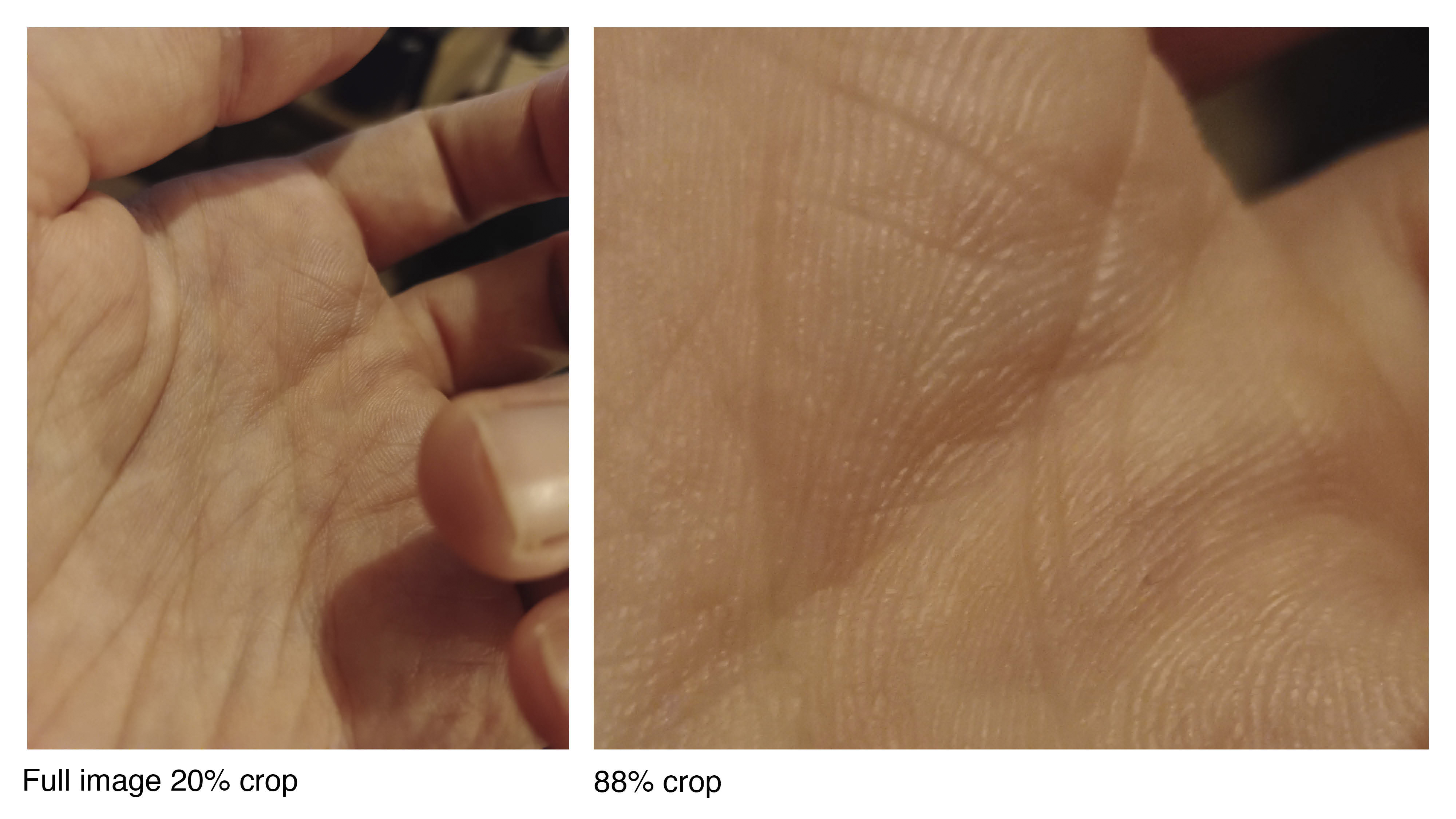
As for the macro camera, it’s only ever okay in bright scenes, and even then, cropping into the main camera’s photos produces better results. In turn, avoiding the macro camera altogether is likely the best solution.
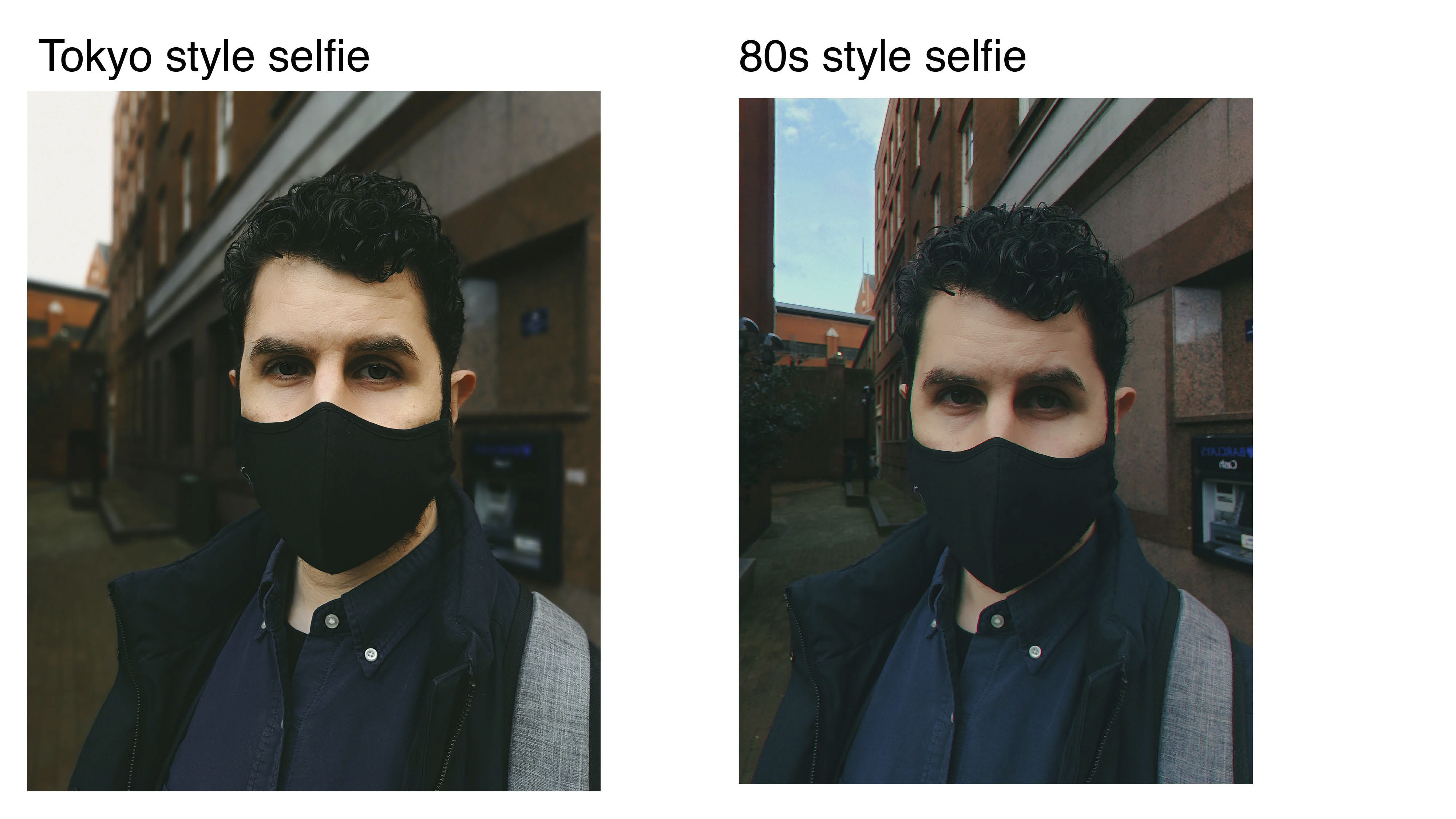
The real focus of the V21 5G is that selfie camera though, and we’re happy to say, it impressed us for the most part. It won’t always capture the most flattering photo out of the gate – you might need to experiment with the fill flash or spotlights and get used to its quirks. Once you do, and pull photos from it into the phone’s native editing suite, you can get great results, and that’s before you start to play with its various modes, selfie filters, and portrait lighting effects.
4K video shot on the front and rear camera look good, with decent stabilization and detail, however, dynamic range is weaker than on some higher-end camera phones, and low light performance also struggles.
Vivo V21 5G: Additional specs
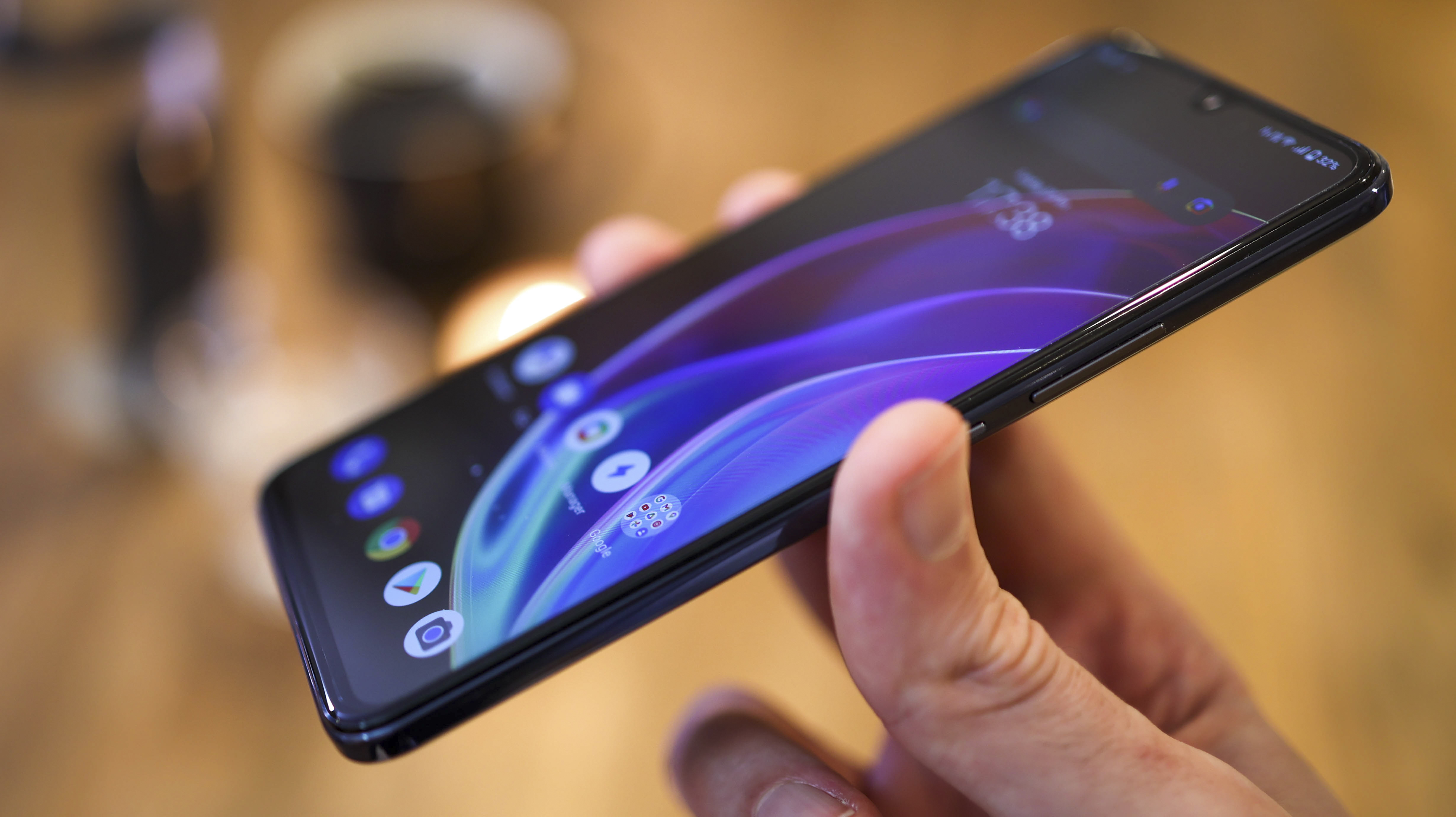
Powered by a MediaTek Dimensity 800U 5G paired with 8GB RAM, the Vivo V21 5G is no gaming phone. In fact, the phone sports the same chipset found in lower-cost alternatives like the Realme 7 5G. That isn’t to say we experienced any slowdown in our time with the phone, and the 90Hz refresh rate also helped keep everything feeling fast.
Running Android 12 with Vivo’s FunTouch OS 12, the V21 5G has done a great job of keeping up with Google, packing in the latest version of the mobile operating system which launched at the end of 2021.
One feature we don’t always see at the Vivo V21 5G’s price is an in-display fingerprint scanner, which is welcome and works well, especially in tandem with face recognition. And with 128GB storage and microSD card support, there’s also plenty of space, and room to flesh things out a bit if you need more room for photos and videos.
With its 4000mAh battery, the Vivo V21 5G is, on paper, pretty weak on the battery capacity front. We understand Vivo wanted to keep things slender, but with phones like the Redmi Note 10 Pro cramming in 5000mAh, the V21’s battery size is small. What’s more, with 5G, we found the phone drained pretty quickly when we had the hotspot feature active. So while you will likely get a full day, heavy use could cut your battery life short.
Thankfully, if your battery does run low and you need a top-up, the phone charges at up to 33W, with a fast charger in the box, so you can power up by around 50% in 25 minutes.
Vivo V21 5G: Verdict
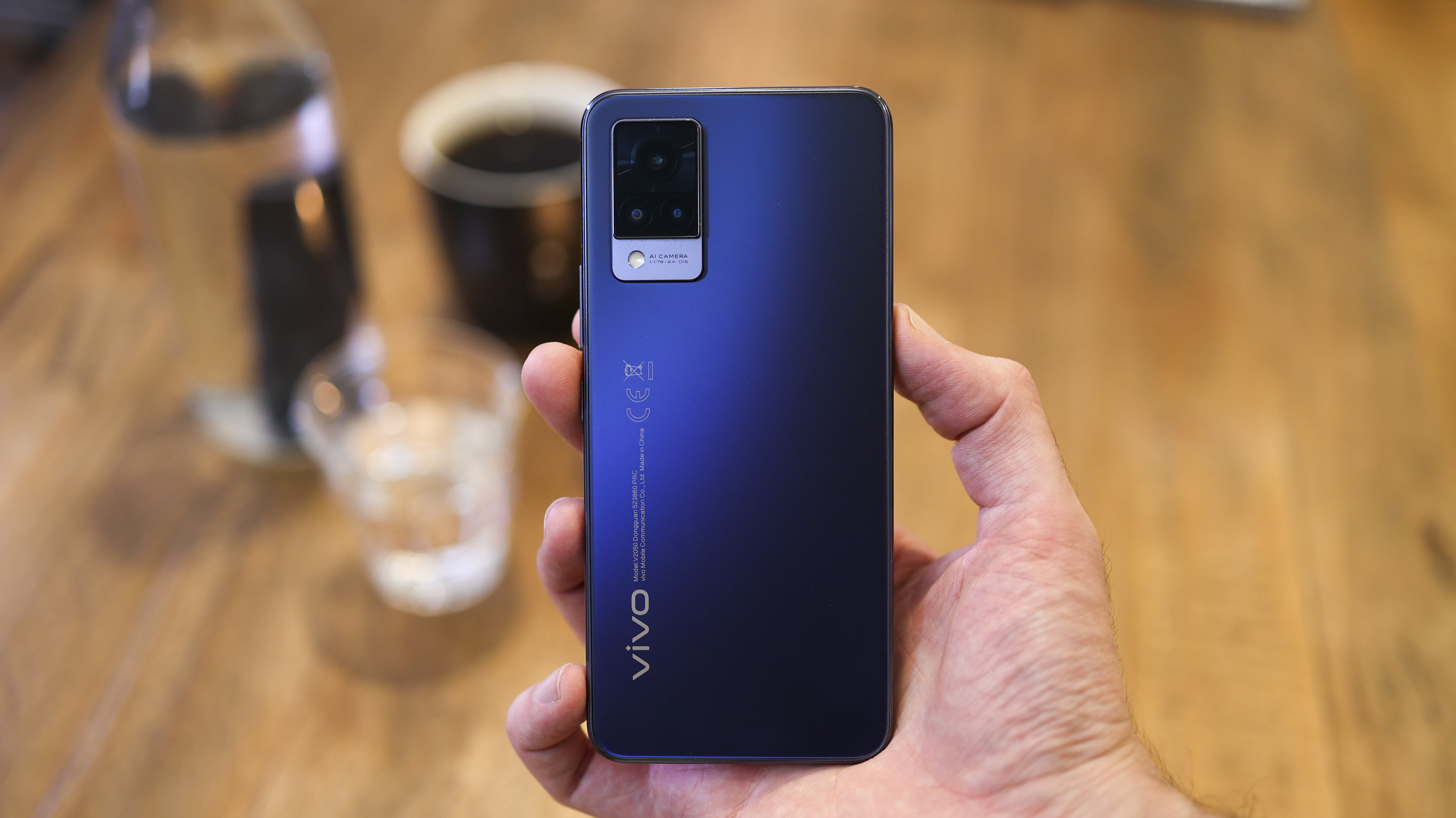
The Vivo V21 5G won’t be for everyone, and it certainly isn’t the best camera phone of 2022. If you’re a particularly discerning photographer, despite the fact it packs plenty of shooting modes, its hardware will turn you off. Look to phones like the Redmi Note 10 Pro for a better main, ultra-wide and macro camera setup, or the OnePlus Nord 2 for an altogether better phone.
If you’re a teen (or buying for a teen) though, or just love taking selfies, and have a bit of patience to figure out how to get the best from the front camera set up, then Vivo’s V21 5G warrants being on your shortlist. While it drops the ball with its mediocre speaker and middling processor, unless you’re a gamer or plan on watching loads of content on it headphone-free, neither of these will likely be dealbreakers.
Read more:
Best budget camera phones
Best budget phones
Best flip phones
Best dumbphones
Best rugged phones
Best phablet
Basil Kronfli is a freelance technology journalist, consultant, and content creator. He trained in graphic design and started his career at Canon Europe before moving into journalism. Basil is also experienced in video production, independently running the YouTube channel TechEdit, and during his time at Future, he worked alongside the Digital Camera World team as a senior video producer.

